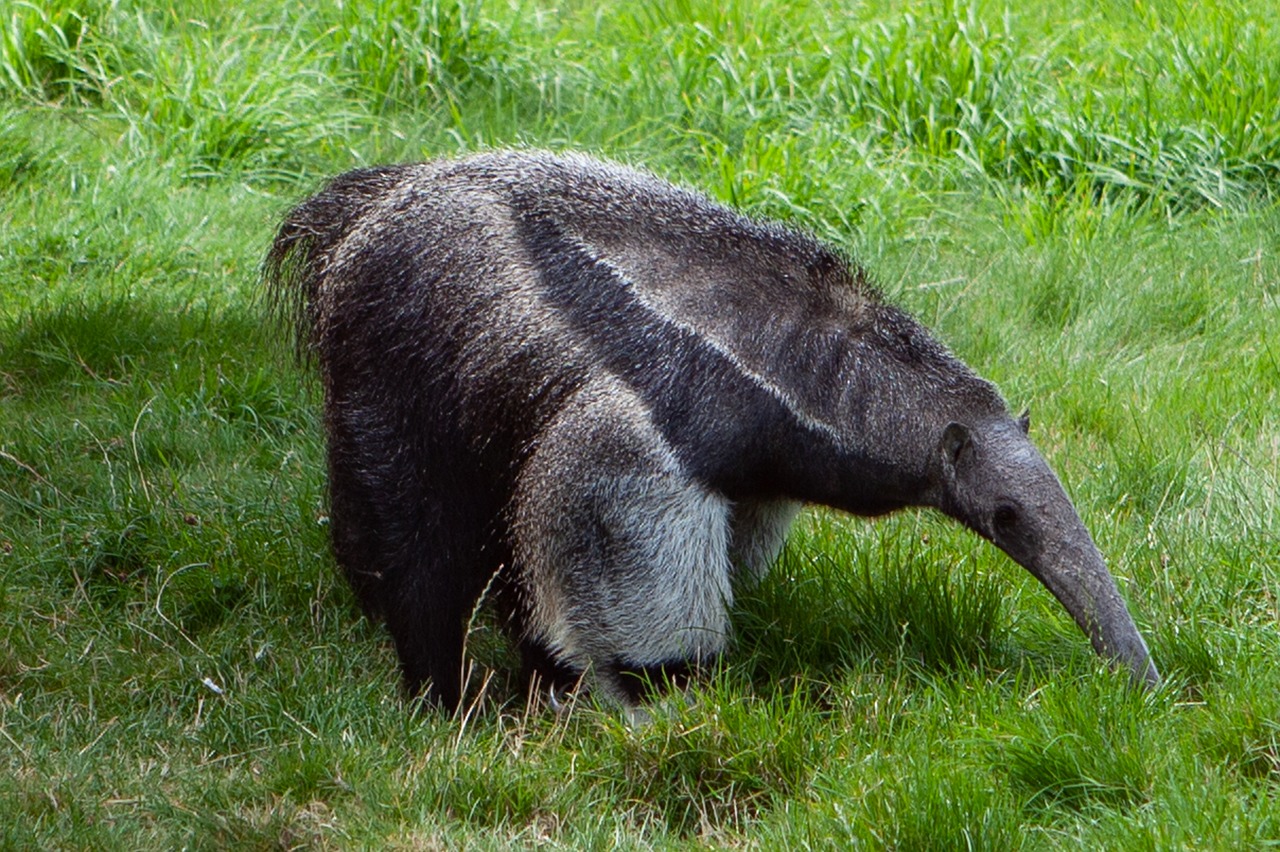Imagine a world where the energy beneath our feet is harnessed to power our homes, our industries, and our lives. This isn’t a scene from a science fiction novel; it’s the very real, very near future that Iceland is pioneering with the Krafla Magma Testbed (KMT) project. As we stand on the precipice of a geothermal revolution, let’s delve into the science, the ambition, and the promise of this groundbreaking endeavor.
Iceland, a land of fire and ice, has long been at the forefront of geothermal energy utilization. With its landscape sculpted by the raw forces of nature, it’s no wonder that this island nation has become synonymous with renewable energy innovation. Approximately 90 percent of Icelandic homes bask in the warmth provided by geothermal heating, a testament to the country’s commitment to sustainable living. But the KMT project isn’t just another step in this green journey; it’s a giant leap.
The KMT project’s goal is audacious: to drill into the magma chamber of the Krafla volcano. This isn’t just any drilling operation; it’s a venture into the heart of our planet, where temperatures soar to around 1,300°C. The magma chamber, lying up to 3.2 kilometers beneath the surface, is a cauldron of superheated potential. By tapping into this fiery furnace, the KMT could unlock geothermal energy on a scale previously unimaginable, promising at least ten times more power than conventional geothermal plants.

What exactly is the Krafla Magma Testbed? It’s a scientific endeavor that seeks to access ‘supercritical’ water, a unique state of water that exists neither as liquid nor steam due to the extreme temperatures and pressures found at the edge of magma chambers. This supercritical water holds the key to the immense energy potential that the KMT project aims to unleash. The success of this project could not only redefine Iceland’s energy landscape but also set a precedent for the entire world.
The journey to this super-hot geothermal source is fraught with challenges, but Iceland has never shied away from the formidable. The country’s geothermal expertise is already well-established, with deep wells that harness hot water vapor to generate electricity. However, the KMT project is not content with the status quo. It seeks to push the boundaries of what’s possible, venturing closer to the magma’s intense heat to extract energy that’s more potent and efficient than ever before.
The implications of the KMT project extend far beyond energy production.
The drilling mechanics required to withstand such extreme conditions could revolutionize the geothermal industry. Moreover, the advancement of tools for volcanic monitoring and eruption prediction could provide invaluable insights into the inner workings of our planet. Imagine being able to observe a volcanic eruption from its inception, a feat that has long eluded volcanologists who have had to rely on indirect methods to study magma.

The KMT isn’t just about drilling a hole; it’s about drilling into the unknown. It’s about creating technology that can endure the harshest environments and extracting energy that is clean, sustainable, and virtually limitless. As we look towards a future where renewable energy is paramount, the KMT project stands as a beacon of innovation and hope.
As we prepare to witness the commencement of the KMT project in 2026, let’s reflect on the significance of this endeavor. Iceland is not just drilling into a volcano; it’s drilling into the future of energy. With each meter that the drill penetrates the Earth’s crust, we come closer to unlocking a power source that could sustain not just Iceland, but potentially the world. The KMT project is more than a testbed; it’s a testament to human ingenuity and the relentless pursuit of a cleaner, greener planet.
The KMT project combines science, ambition, and environmental care.
As we embark on this journey to harness the power of the Earth’s magma, we are reminded of the boundless potential that lies just beneath our feet. The road ahead is hot, literally, but the rewards could very well redefine our relationship with the planet and its natural resources. Iceland’s magma-powered dream is a bold vision, and the world watches with bated breath as this small island nation takes on a challenge of volcanic proportions.
Diving into the heart of the KMT project, we find ourselves contemplating the future of energy, a future that could be shaped by the fiery bowels of Iceland’s volcanoes. The implications of the Krafla Magma Testbed (KMT) project are as vast as the subterranean reservoirs it seeks to explore. This initiative isn’t just about Iceland; it’s about setting a global precedent for renewable energy.
The KMT project’s potential to produce at least ten times more power than conventional geothermal plants is a game-changer. This isn’t just a marginal increase; it’s an exponential leap that could redefine the scale of geothermal energy production. With such a significant boost in power output, the KMT could pave the way for geothermal energy to take a more prominent role in the global energy mix, reducing reliance on fossil fuels and contributing to the fight against climate change.
The benefits of the KMT project extend beyond energy production. The drilling mechanics that can withstand the extreme temperatures of magma chambers could revolutionize the geothermal industry. The technology developed for the KMT could be applied to other geothermal projects around the world, enhancing their efficiency and feasibility. This could lead to a proliferation of geothermal energy projects in volcanic regions, bringing clean, renewable energy to more people.
Advancing volcano monitoring tools is thrilling.
The ability to observe a volcanic eruption from its source would be a monumental achievement for volcanology. It could lead to better understanding and prediction of volcanic activity, potentially saving lives and reducing the economic impact of eruptions. The KMT project could, therefore, contribute to both energy security and volcanic risk mitigation.
The Krafla volcano, with its magma chambers reaching temperatures of approximately 1,300°C, presents a monumental challenge in creating technology that can withstand such conditions. Yet, the article states that drilling to access it remains fairly easy, as the chamber only lies up to 3.2 kilometers beneath the surface. This accessibility, combined with Iceland’s expertise in geothermal drilling, positions the KMT project for success.
Comparing the KMT project to Eavor’s Eavor-Deep™, which reached depths of over 5 kilometers without encountering molten rock, we see the robustness of current drilling technology. Eavor’s insulated drill pipe and shock cooling technology maintained the mechanical integrity of drill bits under extreme high-temperature conditions. Such innovations are likely to play a crucial role in the KMT project, ensuring the safety and effectiveness of the drilling operation.
As geothermal technology continues to advance, the KMT project represents a pivotal step towards unlocking the full potential of geothermal energy. Offering near-boundless and clean energy, the project could have a profound impact on Iceland and beyond. The nation’s landscape, already adorned with boreholes for geothermal extraction, is set to welcome this new endeavor that promises to be anything but mundane.
The KMT project is not without its challenges. Safety concerns must be addressed, especially given the history of eruptions at Krafla. However, the successful drilling into Krafla’s magma reservoir in 2009 demonstrated that it is possible to safely drill into magma using the right tools. The project’s goal of developing materials capable of withstanding the extreme conditions of the magma chamber is critical to its success.
The commencement of the KMT project in 2026 will mark the beginning of a two-month journey to the magma chamber. This journey is not just a physical one; it’s a journey of discovery and innovation that could revolutionize our understanding of volcanic activity and our ability to harness the Earth’s natural power.
The KMT project is a beacon of hope for a sustainable energy future. It embodies the spirit of exploration and the relentless pursuit of knowledge that has always driven humanity forward. As we stand on the cusp of this geothermal revolution, we are reminded of the boundless potential that lies beneath our feet. The KMT project is not just about drilling into a volcano; it’s about unlocking the secrets of the Earth and harnessing its power for the benefit of all. Iceland’s bold vision of magma-powered energy is a testament to the ingenuity and resilience of the human spirit, and it is with eager anticipation that we await the results of this historic endeavor.
Related posts:
Icelandic project aims to drill into a volcano to access unprecedented geothermal power
Iceland Plans To Drill Into a Volcano’s Magma Chamber for Geothermal Energy Extraction in 2026
World’s first tunnel to a magma chamber could unleash unlimited energy




